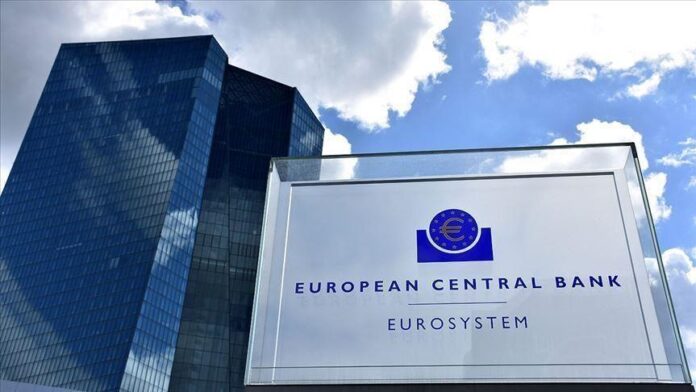The European Central Bank (ECB) on Thursday slashed its interest rate for the first time since 2019, drawing strength from a cool-off in inflation, which however remains the single most serious challenge to the economy.
In new forecasts released with the widely flagged rate cut, the ECB said it expected inflation to average 2.2% in 2025 — up from a previous estimate of 2.0% meaning it was now seen holding above the central bank’s 2% target well into next year.
Inflation in the 20 countries that share the euro has fallen to 2.6% from more than 10% in late 2022, largely thanks to lower fuel costs and an easing of post-pandemic supply snags.
But that progress has stalled recently and what had looked like the start of a major ECB easing cycle only a few weeks ago now appears more uncertain due to signs that inflation may prove sticky, as has been the case in the United States.
Cutting its deposit rate to 3.75% from a record-high 4.0%, the ECB did not indicate whether that would be followed by a further easing in July.
“We are not pre-committing to a particular rate path,” ECB President Christine Lagarde told a press conference, reading from the Governing Council’s statement.
“Despite the progress over recent quarters, domestic price pressures remain strong as wage growth is elevated, and inflation is likely to stay above target well into next year.”
With Thursday’s move, the ECB joins the central banks of Canada, Sweden and Switzerland in undoing some of the steepest streaks of interest rate hikes in recent history.
Some ECB-watchers have questioned the logic of moving now, however, especially as the U.S. Federal Reserve has been stopped in its tracks by some stronger-than-expected inflation readings and is not expected to move till after the summer.
Money market investors trimmed their bets on rate cuts after Thursday’s announcement and only priced in one more, with a slight risk of a second, for the remainder of the year.
Asked if the ECB was moving into a phase of “dialling back” its tight monetary policy stance, Lagarde said she could not confirm such a process was underway, but that there was “a strong likelihood”.
“But it will be data-dependent, and what is very uncertain is the speed at which we travel and the time that it will take,” she added.
Stronger-than-expected data about eurozone inflation, wages and economic activity over the last few weeks has fuelled fears of a more difficult “last mile” on the way to the ECB’s goal – a concern expressed by influential board member Isabel Schnabel.
Inflation in services, which some policymakers have singled out as especially relevant because they reflect domestic demand, has been a particular concern after a rise to 4.1% in May from 3.7% a month earlier.
At the same time, a rebound in growth also reduced the urgency for the ECB by undermining the argument that high rates are choking economic activity.
But the real elephant in the room may remain the Fed and whether it starts or further delays its easing cycle.
A more restrictive Fed would likely mean a weaker euro and higher imported inflation for the currency bloc, but it would also increase yields on global bond markets – a double whammy whose net effect is hard to predict.
“The pace of rate cuts will be dependent on the US and the Fed,” Mohit Kumar, an economist at Jefferies said. “In the event that the Fed doesn’t cut rates at all this year – not our base case – we could see only two cuts from the ECB this year.”

























